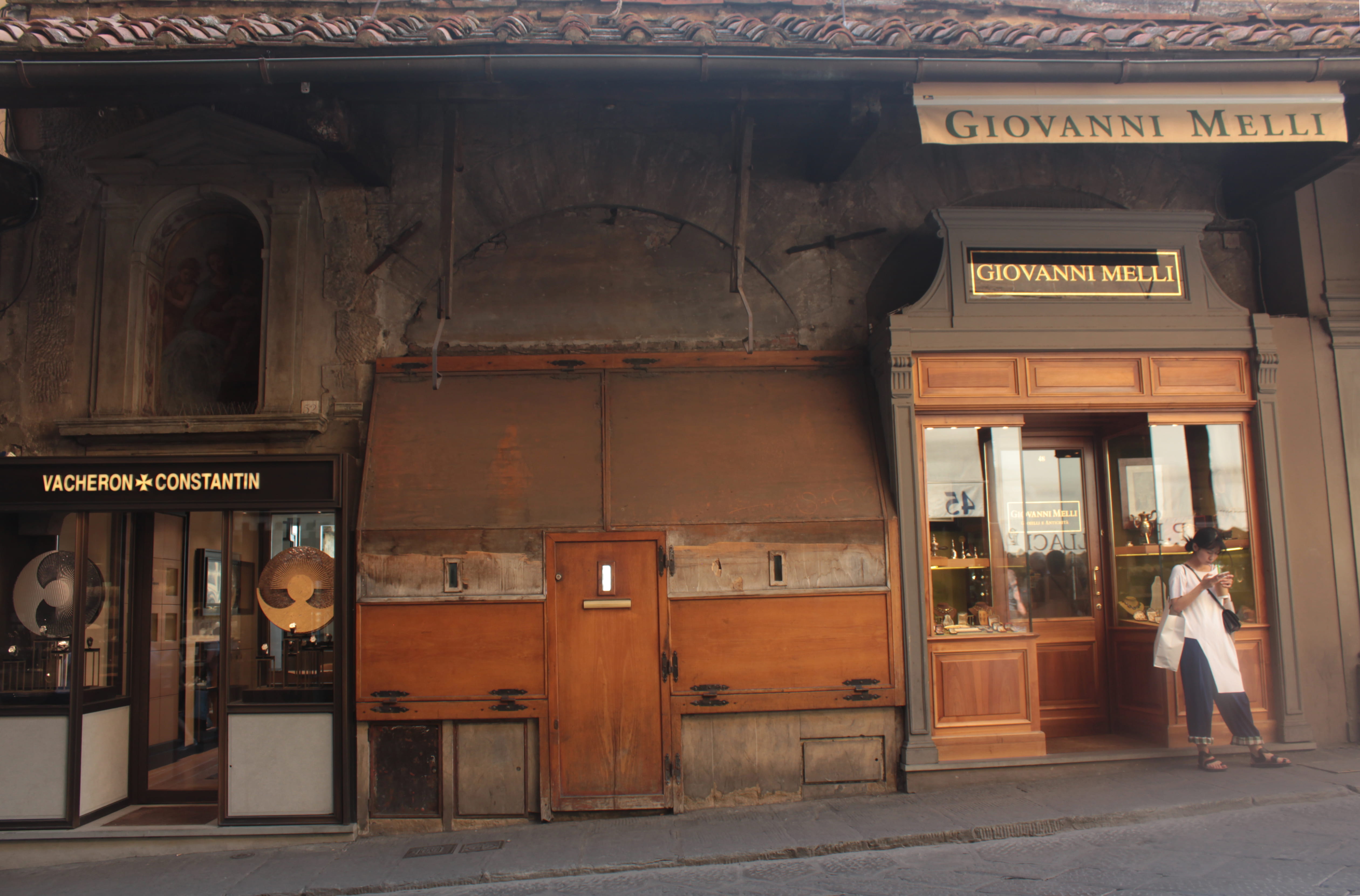Mallika Kavadi
Gallatin Travel Course: “Italian Renaissance, Art, and Literature: The Culture Explosion”
Florence, Summer 2017
Studying at NYU Florence this past summer was an inimitable experience. I spent a few weeks at NYU’s La Pietra campus studying Renaissance art and literature for Gallatin’s travel course, Italian Renaissance, Art, and Literature: The Culture Explosion.
Apart from the delight in reading Dante and Machiavelli in the city where they lived and were exiled from, and experiencing the immediacy of art I had previously only studied in books, my summer was special because of our stay at La Pietra.
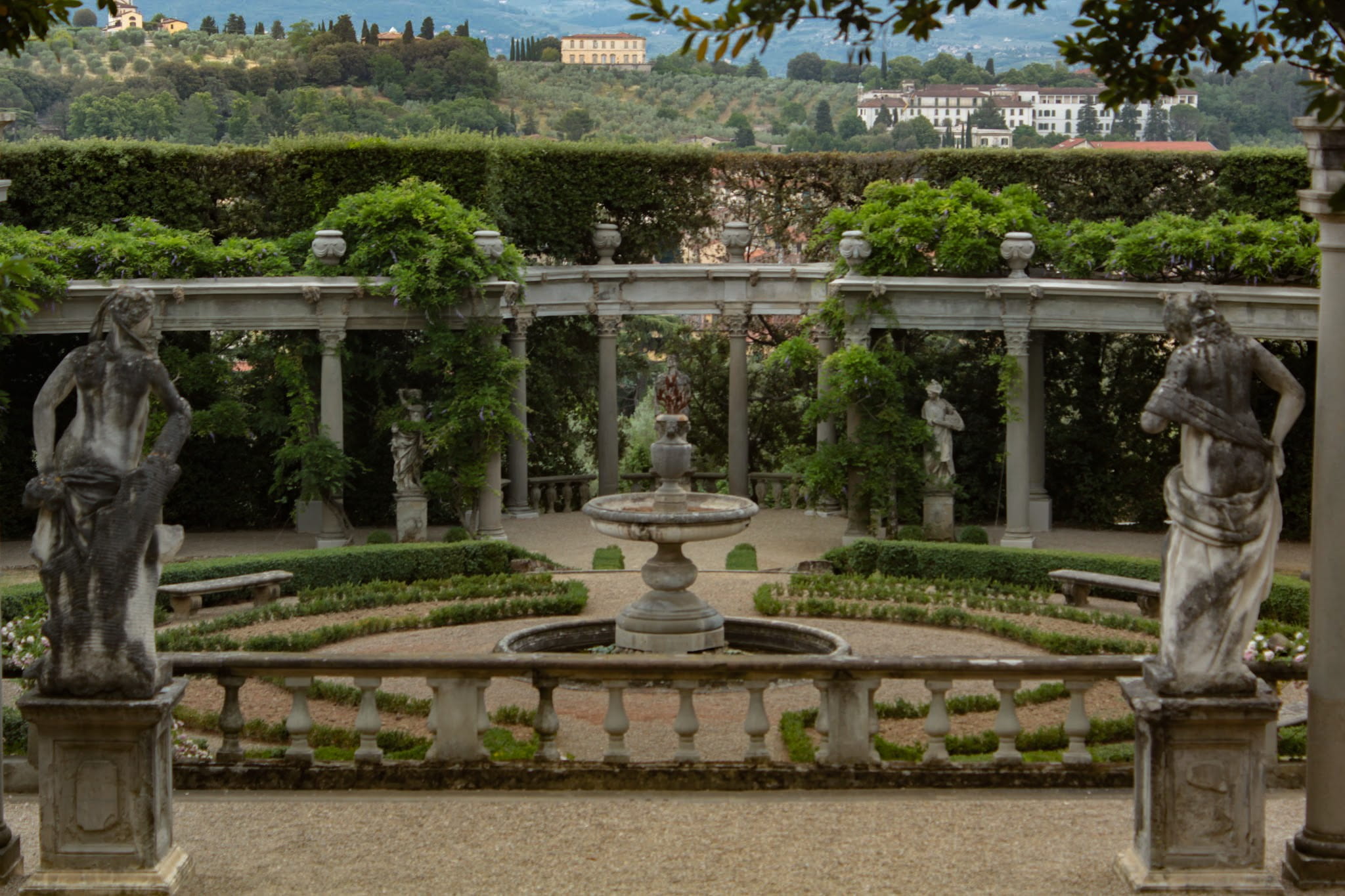
Florence is saturated with so many artistic and architectural marvels that it can get overwhelming at times, but NYU’s quaint hilltop campus provided contemplation and quiet inspiration.
A cypress-lined avenue climbs up the hill towards the Villa La Pietra, so named because of a Roman stone marker that used to be nearby. The Tuscan yellow Baroque building overlooks an expansive olive garden, distant umbrella pines, and glimpses of Santa Maria del Fiore, the cathedral better known for its iconic dome by Brunelleschi.

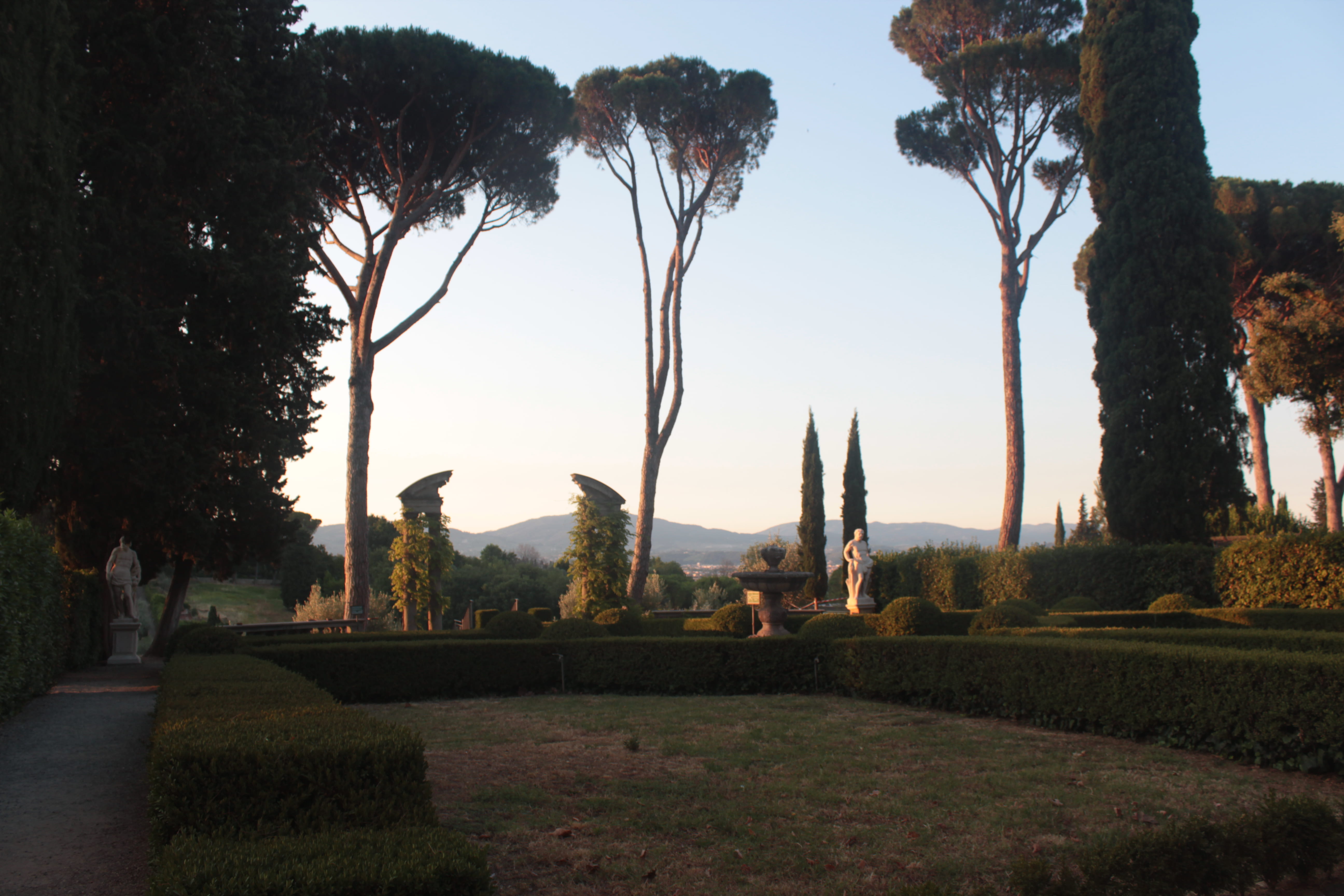

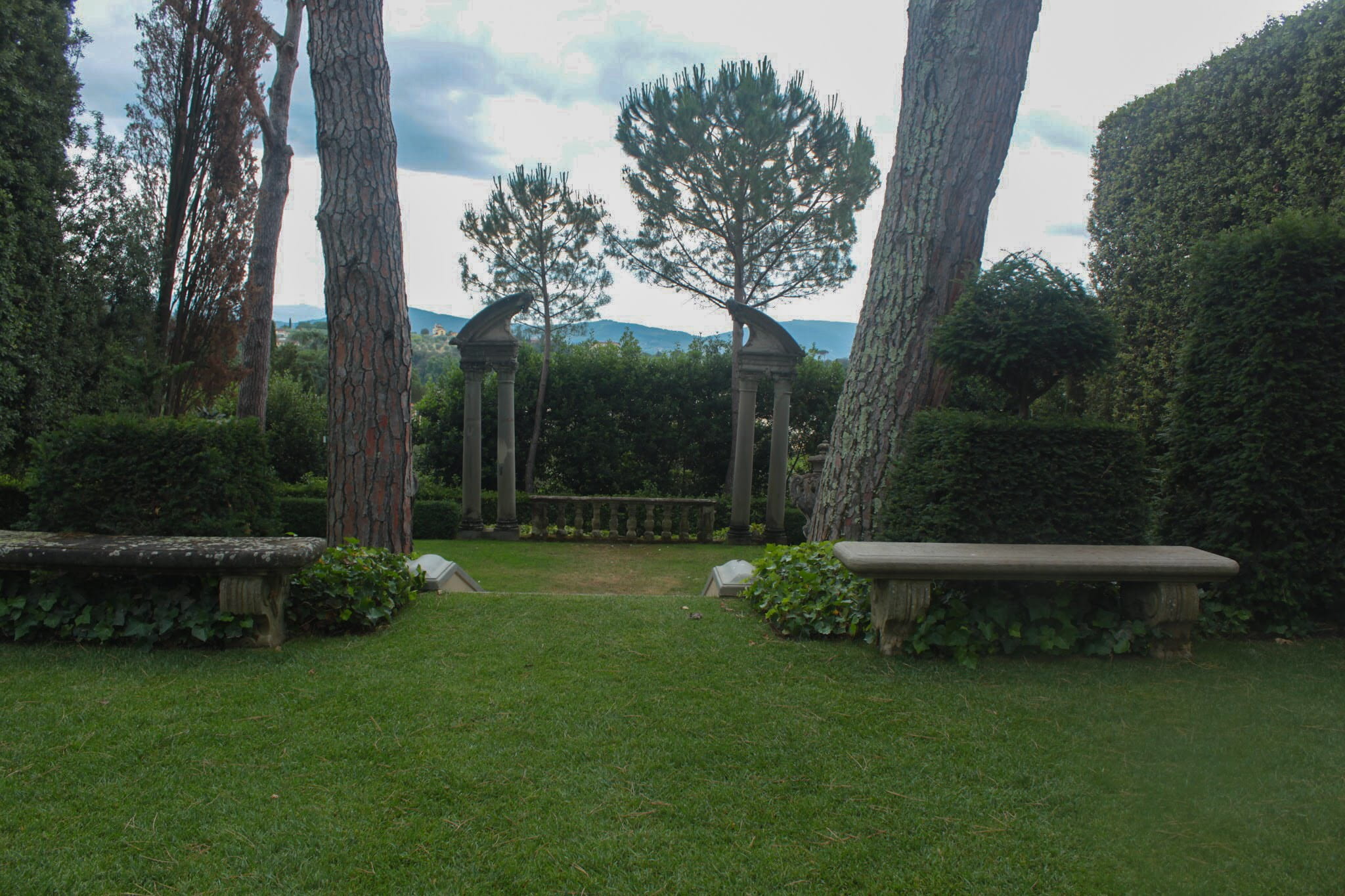
During the summer months, La Pietra hosts the Season, evenings of book readings, music concerts, and performances. We were able to catch a riveting performance of the Odyssey at the amphitheater situated in the middle of the olive garden, and attend readings and concerts in the Limonaia (equivalent of the English Orangeries, an enclosed space in the garden meant for growing citrus trees during the winter months) followed by receptions in the gardens adjoining the villa.
And all this happened in our free time after having exciting course visits to the city’s churches and museums.
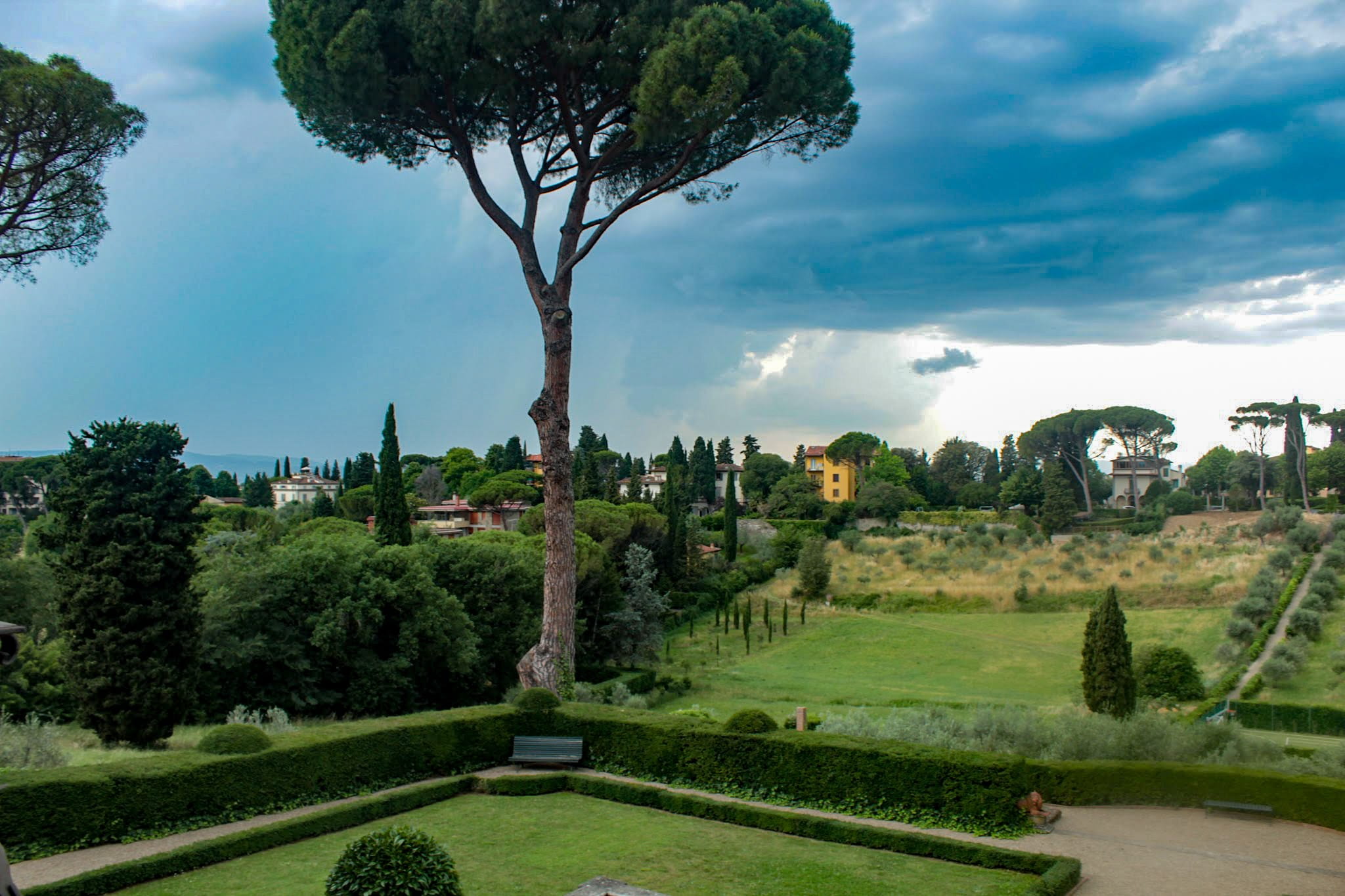
The greatest benefit of studying art history in the city was being able to see the evolution of art from the early to late Renaissance and to see different artists’ takes on the same subjects. The best way to explore Florence was to enter any church that was open. You were bound to come across interesting art.
For an extracurricular activity, we were able to see an opera at the Florence Opera House. On the weekends, we were free to go find our own adventures. I visited Urbino, a Renaissance duchy that was the birthplace of the artist Raphael and the setting for Castiglione’s The Book of the Courtier as well as a text we read for the travel course.
We concluded the course with a traditional Tuscan meal. The immersive experience complimented the interdisciplinary nature of the course.





